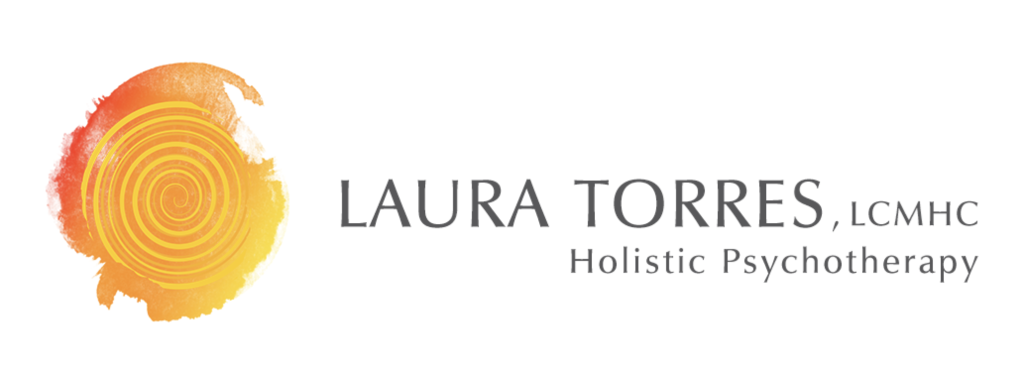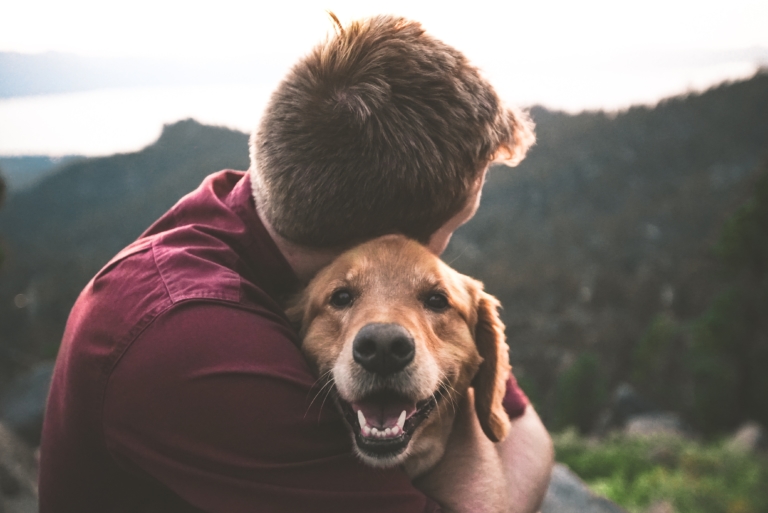“Closing your heart does not really protect you from anything; it just cuts you off from your source of energy…so learn to stay open no matter what happens. If you do, you get for free what everybody else is struggling for: love, enthusiasm, excitement, and energy.” –Michael Singer, The Untethered Soul
I’ve been eagerly awaiting February as an opportunity to write about love. Afterall, isn’t that what this month is about? Unfortunately so many of our experiences around romantic love lead us to self-protection, closing our hearts, blocking ourselves off from the possibility of being hurt. So instead, I decided to focus on open-heartedness—because it gives us a more concrete way to work with that practice of setting up the conditions to experience love regardless of the situation. What does it look like to show up with an open heart? How can we notice the impulse to close and choose otherwise? What practices support opening to love and connection?
In his book, The Untethered Soul, Michael Singer describes the experiences of opening and closing our hearts so well that I thought I’d just use his example: ”Did you enjoy having dinner with the family? Was the food good? If so, then the smell of that scent warms you and opens you. If it wasn’t so much fun eating together, or if you had to eat food you didn’t like, then you tighten up and close. It really is that sensitive.… We are programmed based upon our past impressions such that all kinds of things can cause us to open and close. If you pay attention, you will see it happen regularly throughout each day.”
The thing is, do you really want the events of your day and your interactions with others controlling your ability to give and receive love? It doesn’t have to. You are free to choose whether you open or close your heart. I want to make an important distinction here, closing your heart is not the same as setting boundaries. In fact, in order to show up with an open heart, we need to have boundaries. When we don’t feel clear about what is ours and what is someone else’s, what’s okay and what’s not okay, that’s when our heart is more likely to get triggered. The clearer we are about our boundaries, the freer we are to not take things personally and see them as they are.
For example, suppose you’re sharing something with your partner and in the midst of your sharing, your partner looks down at their phone to check a notification that pops up. If this touches on some pain in you, your heart closes a bit. If, however, you are grounded in knowing that what you matter and that your partner cares deeply about you, it’s easier to address the situation while keeping your heart open. You might get curious about what’s happening for your partner. Or you might wonder about the timing. Or perhaps there’s something else going on that’s making it hard for your partner to be attentive. Regardless of the response, when you’re clear about your boundaries, it’s easier to experience and address the situation from an open-hearted place.
That said, we’re not always there, right? Sometimes our stuff, past impressions, etc. do get triggered and we feel our hearts close. We feel resentful, righteous, or blaming. We feel closed off. We feel our chest tighten or a wall go up. There is tremendous power in this awareness–because we are free to choose whether our heart opens or closes. In that very moment you can choose to relax your heart, reminding yourself that closing your heart does not truly protect you from anything. In fact, it only serves to cut you off from your energy flow.
I know I’ve been talking a lot about working with the situations where our heart wants to close. But there are also situations that encourage and allow our hearts to open. So I’ve compiled of list of practices, ideas, and tools to support you in opening your heart more and more, regardless of the situation.
- Notice times when you feel your heart open and really take those in. Take a moment now to recall a time when your heart felt open and notice sensations, thoughts, feelings. Notice what was happening in that situation that contributed to your experience. Create more of those situations/experience for yourself and truly soak them in.
- Notice when your heart closes and relax. Take a moment now to recall a time where you got triggered by something and notice sensations, thoughts, feelings. Get to know what a closed heart feels like for you. Explore throughout the day as your heart closes and opens—let this just be information. Don’t judge yourself. Practice relaxing. Take a breath. Say to yourself or aloud ‘I choose to let this go’ or ‘I’m willing to stay open’. Play around and find the words that work for you. The more you practice the easier it gets.
- Bring in a nurturing or protective resource. It can be hard to relax when we feel like we need to protect ourselves or feel that we’re alone with no support. When you notice your heart close, play around with calling to mind someone or something that when you think of them, you feel a sense of being supported, held, or protected. This could be an animal, person, spiritual being, character, part of yourself, etc. Vividly imagine being in that being’s presence and notice how your system responds. You might feel some settling, relaxing, warmth. This is often but not necessarily accompanied by tears but the tears should feel like more of a release than an activation of energy.
- Practice Metta or Lovingkindness meditation, in which essentially you wish loving kindness to yourself, then a loved one, then a neutral person, then someone you feel challenged by, and then the world as a whole. You may say the phrases “May you be happy, peaceful and free” or you may simply envision sending loving kindness to yourself and others. There are a number of wonderful guided practices online or on apps like Insight Timer (check out Sharon Salzberg). Of course, different meditations will resonate differently for each of us.
- Greet your loved one in the morning or the evening as if it’s the first time you’ve seen them in weeks. How much more attentive or appreciative are you then than you are in a day-to-day greeting? You can create this feeling.
- Watch a heart-opening video. As you probably already know, YouTube has tons! My personal favorites on ones where one species is helping another species—moves me to tears every time. I’d love to hear from you what your favorites are.
- Spend time in the woods. As the example above demonstrated, we are inundated with situations throughout each day that trigger our hearts to close. But our natural resting state is open—and reconnecting with the earth helps us reset.
- Spend time with animals or kids (with no agenda!) Both animals and children are such great teachers for living from a place of open heartedness. Take time to be with them where you’re just letting yourself be rather than trying to make something happen or having to take care of something.
- Do kind things with no expectations. This might be writing a love note to your partner and sticking it in their work bag. Or bringing donuts and coffee (or fresh juice!) into work. Take in how good it feels to give freely and receive gratitude.
- Notice and prioritize opportunities for connection with others throughout the day. So often we are prioritizing our ‘to do’ lists over everything else. Is this really our top priority? I was sitting in a coffee shop as I was writing this post and one of the only other people in the shop struck up a conversation with me. There have been times in the past where I would have been frustrated and would have offered short, one word responses to try and cut the connection so that I could get back to work. But, instead, I relaxed and engaged with him. I set down my to do list and opened my heart. I felt the beauty of connecting with another human—hearing his frustration and gratitude as it lit up my shared experiences. He was so openly and deeply appreciative of my taking the time to engage with him–and I felt so much more connected as a result of his willingness to reach out to a stranger. It took less than 10 minutes of my time. I want to thank one of my clients for this tip—he is constantly teaching me about the value of connection over time!
- Read about opening your heart. Talk about it. Create conversation around open heartedness. The more we hear and share stories of opening our hearts, the easier and more conscious it becomes.
I want to share one small disclaimer: Opening your heart will likely result in you experiencing more emotions. According to Brene Brown’s research on whole-heartedness, when we close off to painful feelings, we also close off to joy, connection, and love. So I think it goes without saying, that when we open our hearts, we can expect to feel moved. We can also expect to feel more alive and more engaged. We can expect to have closer, more authentic relationships. We can also expect some of our relationships to change if they are based on an old status quo.
If there are a lot of painful feelings you’ve closed off to that have not been processed, opening your heart can feel overwhelming. If this is the case for you, I encourage you to reach out for support—whether it’s a therapist, an energy worker, a mentor, a loved one. We cannot process pain in isolation. And even processing love can feel overwhelming at times. But don’t let this stop you.
Let yourself be moved. Let yourself be seen. This is what life is about. And remember, even when you’re not seen or understood. You can choose to stay open. And when you stay open, you allow love, joy, and peace to flow through you.
“Nothing, ever, is worth closing your heart over.” –Michael Singer
Invitation: Choose one of the above practices and focus on it this week. Write it in your planner. Write it on a sticky note and put it on your bathroom mirror. Share this with a loved one and support one another.
Affirmation: I choose to open my heart.

